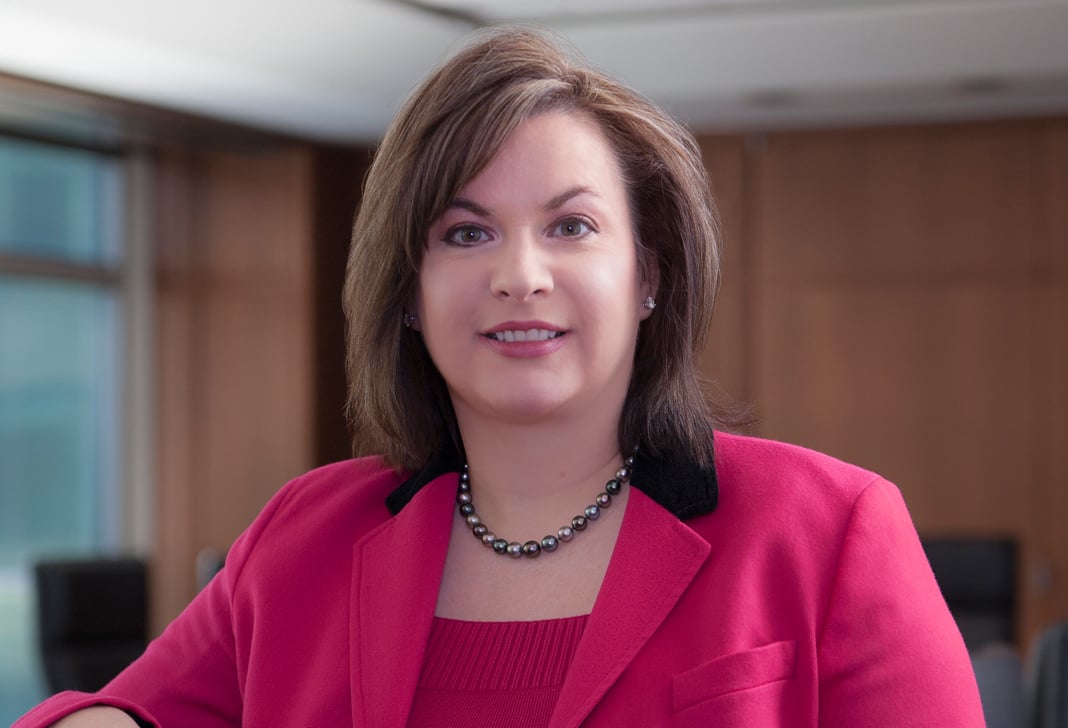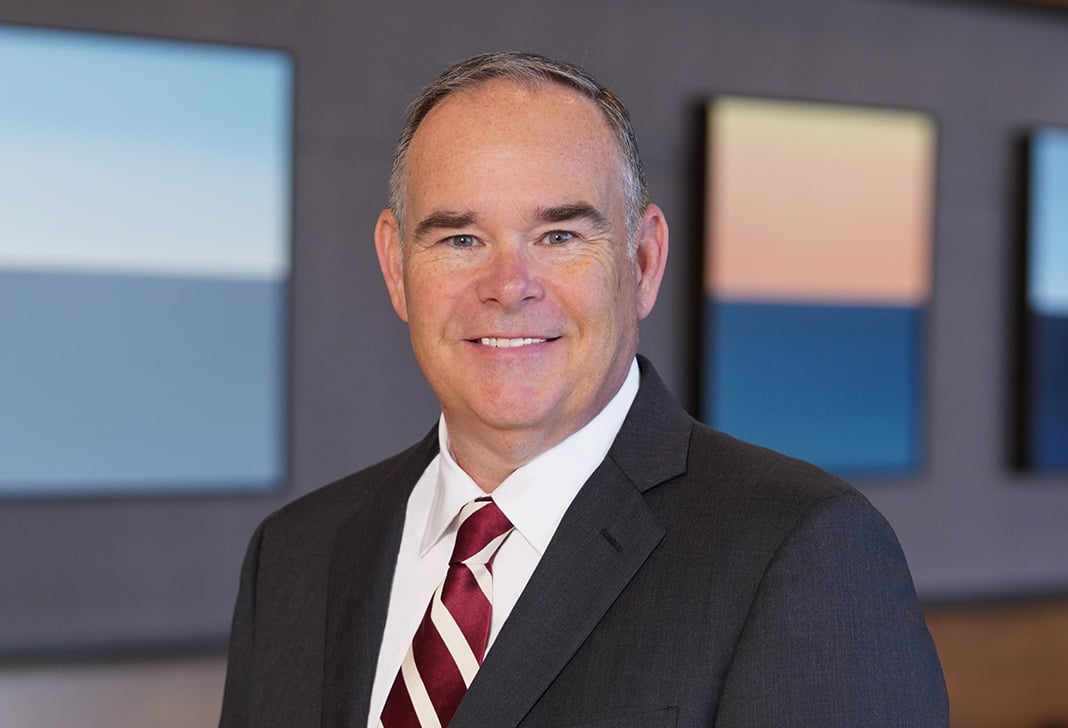
Fifth Circuit Rules on the "Solvent-Debtor Exception" and Make-Whole Premiums
In Short
The Situation: Courts have disagreed over whether a make-whole premium triggered by a borrower's bankruptcy filing must be disallowed as unmatured interest. They have also disputed whether the "solvent-debtor exception" requiring the payment of postpetition interest to unimpaired unsecured creditors of a solvent debtor survived the enactment of the Bankruptcy Code. Finally, courts have split on what rate of postpetition interest unimpaired unsecured creditors of a solvent debtor are entitled to receive.
The Result: In Ultra Petroleum, a divided panel of the U.S. Court of Appeals for the Fifth Circuit ruled that a make-whole premium should be disallowed as the economic equivalent of unmatured interest, except where the debtor is solvent. In such a case, the solvent-debtor exception—which survived the enactment of the Bankruptcy Code—requires payment of the make-whole premium. The court also held that unimpaired unsecured creditors of a solvent debtor are entitled to receive postpetition interest at the default contract rate, rather than the significantly lower federal judgment rate.
Looking Ahead: The Fifth Circuit has now ruled that a make-whole premium must be disallowed as unmatured interest, except in a solvent-debtor case. Moreover, two federal circuit courts of appeals (the Fifth and Ninth Circuits) have recently ruled that the solvent-debtor exception survived the enactment of the Bankruptcy Code, and potentially requires the payment of postpetition interest to unimpaired unsecured creditors at the contract rate in a solvent-debtor case. Nevertheless, parties on both the creditor and the debtor side should be aware that these issues may be contested in future cases.
On October 14, 2022, the U.S. Court of Appeals for the Fifth Circuit issued a long-awaited ruling on whether Ultra Petroleum Corp. ("UPC") must pay a $201 million make-whole premium to noteholders under its confirmed chapter 11 plan and whether the noteholders and certain other unsecured creditors are entitled to postpetition interest on their claims pursuant to the "solvent-debtor exception." In affirming the bankruptcy court's 2020 ruling, a divided three-judge panel of the Fifth Circuit held that the Bankruptcy Code disallows the make-whole premium "as the economic equivalent of unmatured interest,” but held that “because Congress has not clearly abrogated the solvent-debtor exception,” it applied to this case. Given UPC's solvency, the Fifth Circuit majority also ruled that UPC is obligated to pay postpetition interest to its noteholders and certain other unsecured creditors at the agreed-upon contractual default rate to render their claims unimpaired by UPC's plan. See Ultra Petroleum Corp. v. Ad Hoc Comm. of OpCo Unsecured Creditors (In re Ultra Petroleum Corp.), — F.4th —, 2022 WL 8025329 (5th Cir. Oct. 14, 2022), affirming In re Ultra Petroleum Corp., 624 B.R. 178 (Bankr. S.D. Tex. 2020).
Ultra Petroleum
UPC issued approximately $1.5 billion in unsecured notes from 2008 to 2010. The master note purchase agreement (the "MNPA"), which was governed by New York law, provided that UPC had the right to prepay the notes at 100 percent of the principal plus a make-whole amount. The make-whole amount was calculated by subtracting the accelerated principal from the discounted value of the future principal and interest payments. Events of default under the agreement included a bankruptcy filing by UPC. In that event, failure to pay the outstanding principal, any accrued interest, and the make-whole amount immediately also triggered the obligation to pay interest at a default rate specified in the MNPA.
UPC also had an approximately $1 billion unsecured revolving credit facility (the "RCF") that provided for the payment of post-default interest.
UPC filed for chapter 11 protection in April 2016. Improving business conditions during the course of the case allowed UPC to seek confirmation of a chapter 11 plan that provided for the payment in cash of all unsecured claims in full. The plan designated the noteholder claims and the RCF creditor claims as unimpaired but did not provide for the payment of the make-whole amount. Nor did the plan provide for the payment of postpetition interest at the default rate on the make-whole amount, the principal amount under the notes, or the principal amount under the RCF. UPC contested the noteholders' right to receive the make-whole amount. The parties agreed that postpetition interest should be paid on the noteholder and RCF creditor claims, but disagreed on the appropriate rate. The plan distributed new common stock in the reorganized entity to UPC's existing shareholders.
The bankruptcy court initially decided that, under New York law, the make-whole amount was an enforceable liquidated damages provision, rather than an unenforceable penalty. The court also held that UPC's chapter 11 plan impaired the noteholders' claims because the plan failed to provide for the payment of the make-whole amount and postpetition default-rate interest. The court rejected UPC's position that, because the make-whole amount represented "unmatured interest" and was not allowable under section 502(b)(2) of the Bankruptcy Code, the plan left the rights of the noteholders under the Code unaltered, and the claims were therefore unimpaired under section 1124(1) of the Code.
The ruling was appealed to the Fifth Circuit, which ultimately remanded the case to the bankruptcy court to determine: (i) whether the make-whole premium should be disallowed under section 502(b)(2) as unmatured interest; and (ii) whether UPC was required to pay postpetition interest to the noteholders and the RCF creditors under the solvent-debtor exception and, if so, at what rate.
On remand, the bankruptcy court held that the make-whole premium was not "interest" because it did not compensate the noteholders for UPC's use or forbearance of the noteholders' money, but instead, "compensate[d] the [noteholders] for the cost of reinvesting in a less favorable market."
Because the make-whole premium was not interest, the court wrote, "it is also not unmatured interest" or its "economic equivalent." The court defined this as "the economic substance of unmatured interest," such as unamortized original issue discount on bonds. Instead, the bankruptcy court ruled that the make-whole premium was an enforceable liquidated damages clause under New York law, and accordingly, "it forms part of the [noteholders'] allowed claims."
Next, the bankruptcy court held that, because UPC was solvent, it was obligated to pay postpetition interest to the noteholders and the RCF creditors. It wrote that, according to the legislative history, "Congress gave no indication that it intended to erode the solvent debtor exception" when it enacted the Bankruptcy Code. Moreover, "[e]quitable considerations" continue to support it, including the policy against allowing a windfall at the expense of creditors to any debtor that can afford to pay all of its debts.
Finally, the bankruptcy court held that the default contract rate was the appropriate rate of interest rather than the federal judgment rate. Limiting the noteholder and RCF creditor class to interest at the federal judgment rate (then 0.54%), it noted, would contravene the purpose of the solvent-debtor exception, which dictates that when a debtor is solvent, "a bankruptcy court's role is merely to enforce the contractual rights of the parties."
UPC appealed the bankruptcy court's ruling directly to the Fifth Circuit.
The Fifth Circuit's Ruling
A divided three-judge panel of the Fifth Circuit affirmed.
Writing for the majority, Judge Jennifer Walker Elrod explained that "[b]ecause the Make-Whole Amount here is the 'economic equivalent' of a lender's 'unmatured interest,' the Code—per our circuit's precedent—disallows it." The Fifth Circuit majority concluded that, regardless of the label applied to the payment, the make-whole amount was unmatured interest or its "economic equivalent" because "it compensates [the noteholders] for the future use of their money, albeit use that will never actually occur because of [UPC's] default." In so ruling, the majority rejected the noteholders' argument that the make-whole amount matured upon UPC's default when it filed for bankruptcy. The acceleration provision, Judge Elrod explained, "was an unenforceable ipso facto clause that is not to be considered in assessing whether the payment it triggered had matured."
The Fifth Circuit majority also rejected as "untenable" the noteholders' argument that the make-whole amount was not the economic equivalent of unmatured interest, but rather, "liquidated damages," as some courts have held. "Liquidated damages certainly can compensate for anticipated transaction costs that are not unmatured interest," Judge Elrod wrote, "[b]ut the Make-Whole Amount . . . is both liquidated damages and the 'economic equivalent of unmatured interest'—indeed, that is its whole point."
Next, the majority agreed with the bankruptcy court that the solvent-debtor exception, which was derived from English law and recognized under the former Bankruptcy Act, survived the enactment of the Bankruptcy Code in 1978. Nothing in the Code, Judge Elrod explained, manifests clear Congressional intent to abrogate a legal principle that was universally recognized in cases involving solvent debtors before the Code was enacted. According to the majority, "Congress has not explicitly addressed claims for unmatured interest owed by solvent debtors" and "the text of § 502(b)(2) hardly constitutes an unambiguous—let alone explicit—change in bankruptcy practice."
The majority held that "the solvent-debtor exception is alive and well" and that UPC is obligated to pay the make-whole amount "even though . . . it is indeed otherwise disallowed unmatured interest."
The majority rejected UPC's alternative argument that the make-whole amount should be disallowed as an unenforceable penalty under New York law. According to Judge Elrod, the make-whole amount constitutes enforceable liquidated damages under New York contract law—and the solvent-debtor exception continues to apply—because the make-whole amount is not "plainly or grossly disproportionate to the probable loss" incurred by the noteholders as a result of default.
Finally, the majority ruled that the appropriate rate of postpetition interest is the default contract rate rather than the federal judgment rate. Logic dictates, the majority explained, that unimpaired creditors cannot be treated less favorably under a chapter 11 plan than impaired creditors, who are entitled to "not less than" what they would have received in a chapter 7 liquidation under section 1129(a)(7)'s best interests test, which, in a solvent-debtor case, includes interest at "the legal rate" under section 726(a)(5). The majority acknowledged that most courts have construed "the legal rate" to mean the federal judgment rate. However, Judge Elrod explained, "the legal rate" specified in section 726(a)(5) "only sets a floor—not a ceiling—for what an impaired (and by implication, unimpaired) creditor is to receive in a cram-down scenario," and the "fair and equitable" test in section 1129(b) permits the payment of interest at a higher rate in an appropriate case.
"Creditors are entitled to what they bargained for," the Fifth Circuit majority concluded, "and the Code does not preclude the contractual interest rate."
In a dissenting opinion, Circuit Judge Andrew S. Oldham agreed with the majority that the make-whole amount "is unmatured interest in disguise," but argued that it should be disallowed because the solvent-debtor exception did not survive enactment of the Bankruptcy Code. According to the dissent, it is "unmistakably clear that" section 502(b)(2) is "incompatible with the preexisting solvent-debtor exception." Judge Oldham explained that, unlike section 502(b)(2), the former Bankruptcy Act did not preclude unmatured interest, and the majority misconstrued the relevant statutory provisions in concluding otherwise. He wrote that "[n]either the solvent-debtor exception's historical pedigree nor its policy underpinnings—no matter how compelling—can overcome Congress's clear, and clearer-than-ever, command on this point."
Outlook
The circuit courts of appeals have come to different conclusions over the allowance of make-whole premiums in bankruptcy. The Third Circuit allowed a make-whole premium in Delaware Trust Co. v. Energy Future Intermediate Holding Co. LLC (In re Energy Future Holdings Corp.), 842 F.3d 247 (3d Cir. 2016). The Second Circuit disallowed one in BOKF NA v. Momentive Performance Materials Inc. (In re MPM Silicones LLC), 874 F.3d 787 (2d Cir. 2017), cert. denied sub nom BOKF N.A. v. Momentive Performance Materials Inc., 138 S. Ct. 2653 (2018), but only because the make-whole never became due under the relevant terms of the notes. In Ultra Petroleum, the bankruptcy court noted that MPM is distinguishable because the Second Circuit "was not presented with the question of whether a make-whole is unmatured interest." A majority of lower courts have concluded that a make-whole premium is not unmatured interest, but "more akin to a charge or a fee, or to liquidated damages, than to interest not yet due." 4 Collier on Bankruptcy ¶ 502.03 (16th ed. 2022). The Fifth Circuit has now ruled that a make-whole premium must be disallowed as unmatured interest, except in a solvent-debtor case.
The Fifth Circuit majority's conclusion that the solvent-debtor exception survived the enactment of the Bankruptcy Code and demands payment of postpetition interest at the contract rate is a significant development, but not unprecedented. Once-rare solvent-debtor bankruptcy cases have become more common in recent years, and the obligation to pay postpetition interest under a chapter 11 plan to render unsecured creditors' claims unimpaired (such that they are therefore deemed to accept the plan) can carry a hefty price tag. Most other recent court rulings involving solvent debtors—including the Ninth Circuit's decision (discussed here) in In re PG&E Corp., 46 F.4th 1047 (9th Cir. 2022) (holding that the solvent-debtor exception requires payment of postpetition interest, presumptively at the contract rate, but remanding the case for determination of the rate), reh'g en banc denied, No. 21-16043 (9th Cir. Oct. 5, 2022)—have likewise affirmed that the solvent-debtor exception is alive and well. However, it bears noting that the Ninth Circuit’s decision, like the Fifth’s, was accompanied by a vigorous dissent.
The conclusion of the Fifth and Ninth Circuits that postpetition interest must be paid at the contract rate, rather than the federal judgment rate, in a solvent-debtor case represents a potentially expensive approach to an issue that has divided courts. Before the Fifth and Ninth Circuit's recent decisions, many lower courts had ruled to the contrary. See, e.g., In re RGN-Grp. Holdings, LLC, 2022 WL 494154, at *6 (Bankr. D. Del. Feb. 17, 2022) (federal judgment rate); In re Hertz Corp., 637 B.R. 781, 801 (Bankr. D. Del. 2021) (same), motion for reconsideration filed, No. 21-50995 (Bankr. D. Del. Sept. 19, 2022); In re Mullins, 633 B.R. 1, 16 (Bankr. D. Mass. 2021) (same); In re Cuker Interactive, LLC, 622 B.R. 67, 71 (Bankr. S.D. Cal. 2020) (same).
Four Key Takeaways:
- The Fifth Circuit has now ruled that a make-whole premium must be disallowed as unmatured interest, except in a solvent-debtor case.
- Two federal circuit courts of appeals (the Fifth and Ninth Circuits) have now ruled that the solvent-debtor exception survived the enactment of the Bankruptcy Code and may require the payment of postpetition interest to unimpaired unsecured creditors at the contract rate in a solvent-debtor case.
- If followed in other solvent-debtor cases, the rulings on the solvent-debtor exception could make confirming a chapter 11 plan significantly more expensive. Potential solvent debtors considering filings to address large liabilities should consider the implications of the decisions.
- Despite recent guidance on the solvent-debtor exception at the appellate level, both creditors and debtors in solvent-debtor cases should be aware that this remains an unsettled issue. As long as there is any uncertainty about what interest unimpaired unsecured creditors are entitled to in solvent-debtor cases, all sides should carefully study their potential exposure and risks and plan accordingly.




